Advertising efforts need to be tied to results. Insight into the entire buyer’s journey is essential to quantify ROI — from first ad exposure through purchase, plus every step along the way. At Strategus, we combine the most advanced attribution suite out there with a custom approach based on your goals.

Powered By


Attribution Shouldn’t Be One-Size-Fits-All
Measuring the effectiveness of traditional TV ads is a guessing game. And even when advertising on CTV, most vendors will force a generic, one-size-fits-all attribution solution on you. That means you’re left guessing about campaign performance or falsely correlating data points.
Demand More From Your CTV Provider
By partnering with Strategus, you gain insight into the buyer’s journey like never before possible. We shine a light on each touchpoint of your campaign and paint a nuanced picture of the path to conversion using our growing roster of nine solutions. From there, we optimize accordingly.
Why CTV Measurement and Attribution Matters
Connected TV ads rarely convert in real-time. Most media buyers and brands use CTV as a channel to warm up cold leads or reach new buyers, before retargeting the same users across supplementary channels until they’re ready to convert. For this reason, measuring the effectiveness of a CTV campaign requires tracking user activity following ad exposure.
With the right attribution tools, you’ll learn:
Who came to your website
Which customer segments and regions were most influenced by your ad?
How they were impacted
What retargeting efforts and channels drove the best results?
How they
took action
Did viewers head into a brick-and-mortar location or search your brand in Google?
Ad Delivery
When CTV ads are delivered, an array of signals and identifiers are aggregated and matched against our identity graph which link other household devices associated with that user such as laptops, phones, PCs, and tablets.
Event Data Capture
Once a device user within that identity graph completes desired actions like visiting a website or purchasing a product on Amazon, the data is captured for marketing attribution.
Attribution Modeling
Your ad operations manager at Strategus helps design your framework and analyzes the data in real time.
Measurement and Reporting
We use the insight gained to optimize campaigns and report on engagement across audience segments and locations. You also gain access to a 24/7 reporting dashboard to dive into metrics like conversion rate and return on ad spend (ROAS).
How Does CTV Attribution Work?
Connecting the dots between an ad running on the living room TV and customer actions that drive revenue requires advanced attribution technology and integrations across the adtech ecosystem. At Strategus, we deliver just that, with full customization based on campaign goals.
The Largest CTV Attribution Suite In the Industry
At Strategus, we offer the largest suite of customizable attribution solutions in the industry and it’s continuously growing. You get to pick and choose which touchpoints make the most sense for your customer journey with a tailored framework.

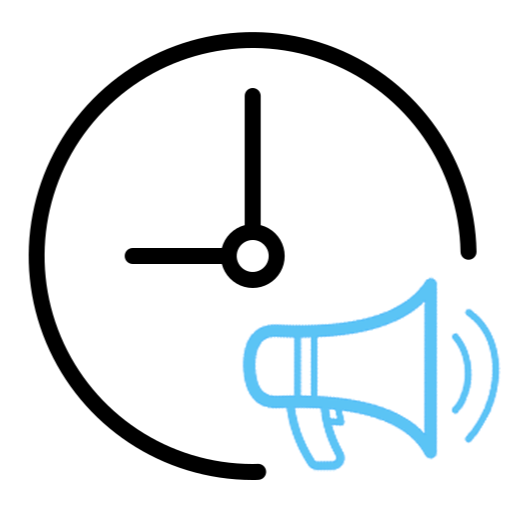
After-Ad
Influence
Measure your CTV campaign’s impact on your target audience’s online browsing behavior - such as researching your products and services - via the URLs and keywords on websites visited immediately after ad exposure.

App Event
Tracking
Identify users who took certain actions within your app after an ad exposure.
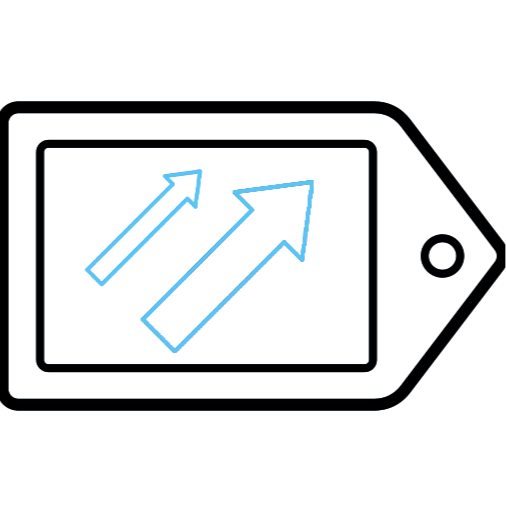
Brand
Lift
Gain insight into how your campaign has driven awareness, favorability and opinions about your brand or company.
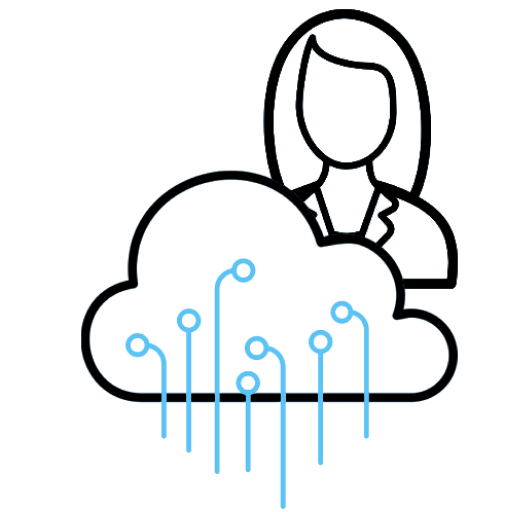
First-Party
Data Matching
By matching your own proprietary first- party/CRM data against our ad exposure files, understand how many new customers were exposed to one or more of your CTV ad impressions. Go further by measuring the literal dollar value of each new customer.

Foot
Traffic
Via Smartphone GPS latitude and longitude data, measure the number of viewers who visit brick-and-mortar locations after viewing your ad.

Online Purchases &
Revenue Pixel
Identify customers who made purchases from your online store following an ad exposure. Or implement a revenue tracking pixel to pass back the exact revenue associated with each online purchase generated by your ad campaign.
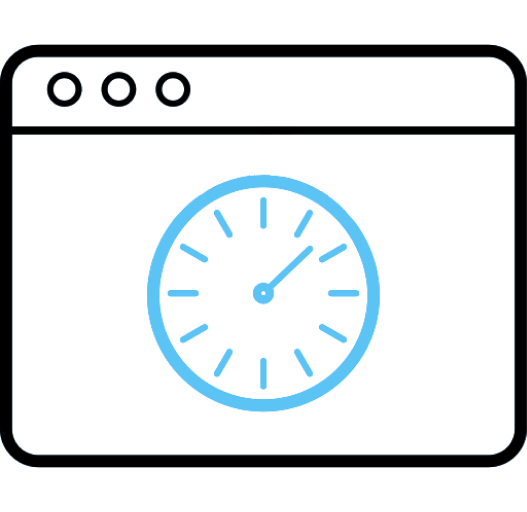
Post-View
Website Visitation
Track the number of viewers compelled enough by your campaign to visit your website after first seeing your CTV ad.
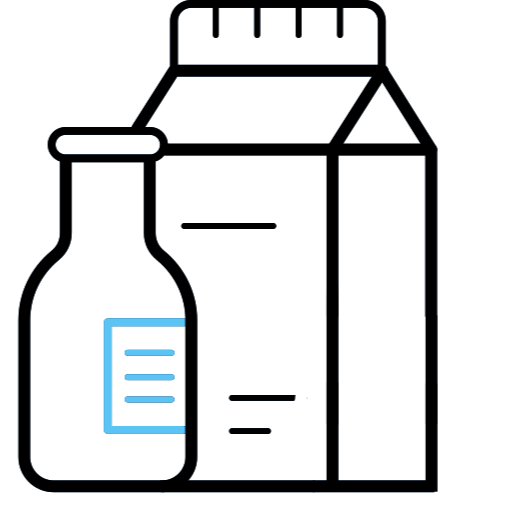
Retail
Media
Leverage SKU-level purchase data to tie online ad impressions to offline purchase behavior, specifically for consumer packaged goods that are often bought in physical retail stores.
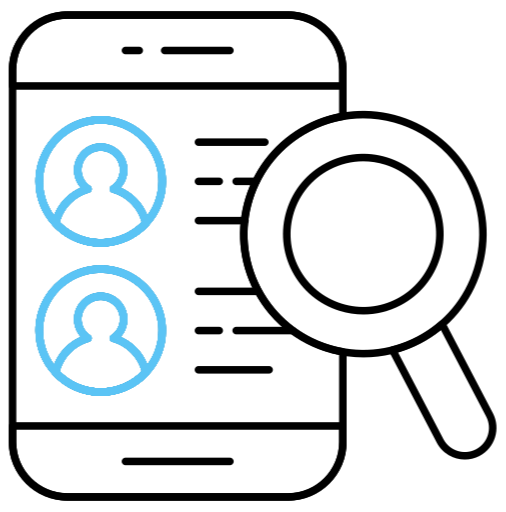
Search and
Social Impact
Eliminate the Guesswork With Multi-Touch Attribution
Stop throwing darts in the dark. You need advanced, multi-touch attribution that shows how your ads influence viewers — across every device and touchpoint.
Rely on Strategus for the granular reporting needed to clearly identify marketing-influenced leads and your optimize campaigns based on every touchpoint.
Go beyond last-click vanity. Get the full picture today by talking to our experts.

Talk to an Expert
Learn More About Strategus’ Capabilities:
Cross-Device Retargeting
Extend your reach by seamlessly retargeting audiences across devices, enhancing CTV campaign continuity.
Targeting
Utilize advanced targeting on CTV to reach your ideal audience with precision and relevance.
24/7 Reporting
Gain insights anytime with round-the-clock reporting, optimizing your CTV campaigns with real-time data.
Premium Inventory
Elevate your campaigns with premium, high-impact inventory.
Programmatic CTV
Harness the power of automation in CTV advertising for efficient, real-time ad buying and placement.














